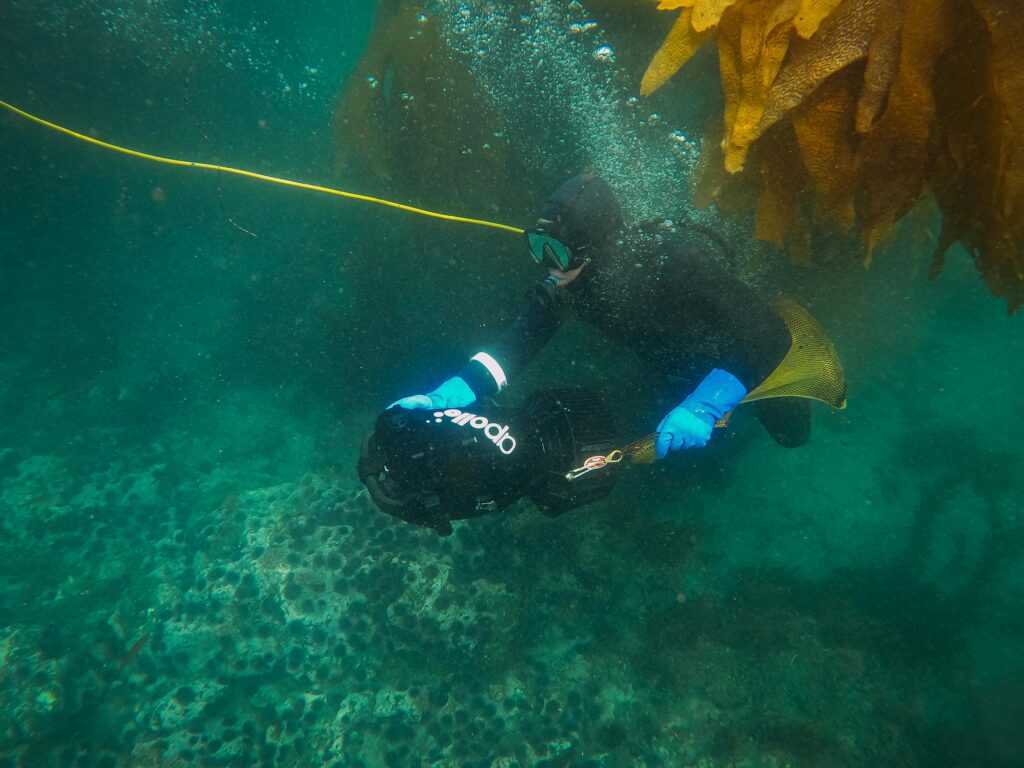Underwater scooters, or diving scooters, or even sea scooters, are one great and exciting way of viewing the depths of the ocean. They will make your diving experience very easy in that they glide easily through the water. But where there is great fun, there is great responsibility; therefore, it’s very important to learn how to handle these devices in order to take part in this underwater adventure without incident. In this article, we are going to look at some safety concerns that you want to know with your underwater scooter.
Understanding Underwater Scooters
Before diving into safety tips, let’s briefly explore what underwater scooters are. These devices are designed to propel divers through water, making it easier to cover larger areas while conserving energy. They come equipped with various features, including speed controls and depth sensors, which play a vital role in safe operation.
Key Safety Features of Underwater Scooters
Inbuilt Safety Mechanisms: Many underwater scooters are designed with built-in safety features that automatically shut the device off after reaching a particular depth. Such a design element prevents any possible accidents resulting from extreme pressure or disorientation.
Propulsion Control: The propulsion systems in sea scooters allow for precise control over speed and maneuverability, reducing the risk of fatigue-related incidents during your dive.
Emergency Response Features: Quick-release latches-the divers can immediately disengage themselves from the scooter in case of any emergency for safe ascent to the surface.
Settings for Depth Limitation: Many of these models are preset with depth limits beyond which users cannot go underwater because this way, hazardous situations can be avoided.
Safety Tips for Using Underwater Scooters
1. Inspect Your Gear Before Use
Always conduct a thorough inspection of your underwater scooter before heading out. Check for any signs of wear or damage and ensure that all components are functioning correctly. Make sure the battery is fully charged and clean your scooter according to the manufacturer’s guidelines after each use.
2. Get Proper Training
Familiarize yourself with how to operate your diving scooter effectively. Consider enrolling in training courses that teach you how to use the device safely and what to do in emergencies. Some locations may even require certification before you can use a sea scooter.
3. Know Your Limits
Every underwater scooter will have depth limitations. Pay attention to these and refrain from penetrating them while diving. With a scooter, the likelihood of not realizing when depth is going up or down is very simple, so constantly keep your gauge in view.
4. Always Dive with a Buddy
Never dive with an underwater scooter alone. Having a dive buddy means there is someone to help you if something goes wrong. Stay together on your dive and pre-plan a communication strategy for an emergency.
Safety Considerations for Young Users
Age Restrictions for Standard Scooters
Standard underwater scooters are generally designed for individuals aged 16 and above because of the power and complexity involved. These users should have basic scuba certification and be good swimmers.
Kid-Friendly Models
For riders between the ages of 8 and 15 years, manufacturers have created slower, more manageable models that generally have limited top speeds of 2-3 mph (3-5 km/h). Most such types of scooters come fitted with incorporated flotation devices for added safety, but a responsible adult should always be present. What to Do in Emergencies If Your Scooter Stops Working
If your scooter breaks down, don’t panic. If the scooter floats away, let it go. If the scooter doesn’t float away, secure the scooter without restricting your ability to move and swim away on your own using your diving skills. Take a moment to assess your air supply and position before deciding what to do.
Making an Emergency Ascent
If you must make an emergency ascent:
● Check your air supply.
● Look up for obstacles.
● Begin a slow ascent – no faster than your air bubbles.
If possible, make a safety stop at 15-20 feet for 3-5 minutes before reaching the surface.
Remember never to hold your breath during an ascent; this may result in serious lung injuries.
Following Local Laws and Standards
Rules about the use of underwater scooters vary between different regions. Most regulations require divers to operate scooters with a buddy and adhere strictly to manufacturer guidelines regarding depth limits and operational procedures. Always check local laws before diving with a scooter in unfamiliar waters.
Final Thoughts
Such are the ways an underwater scooter could turn your ordinary dive into a great adventure, but safety is always first. You can assure yourself of all the above-mentioned advantages of sea scooters and minimize risks by knowing how the device works, inspecting your gear, getting proper training, knowing your limits, and following local regulations. Remember, safety is assuring not only protection for oneself but also the fact that everyone is having fun safely while exploring wonders beneath the waves.


 is a passionate advocate for fitness and healthy living, blending her expertise in swimming with a dedication to overall wellness. With years of experience both in and out of the pool, she offers valuable insights on effective workout routines, nutrition, and lifestyle habits that support peak performance and vitality. Rosamie’s writing is characterized by its practical advice, encouraging readers to adopt sustainable habits for long-term health and fitness. She frequently shares her personal journey and success stories to motivate others, and her articles often include actionable tips that readers can easily incorporate into their daily lives. By focusing on a holistic approach to fitness, Rosamie aims to help individuals not only achieve their athletic goals but also cultivate a balanced and fulfilling lifestyle.
is a passionate advocate for fitness and healthy living, blending her expertise in swimming with a dedication to overall wellness. With years of experience both in and out of the pool, she offers valuable insights on effective workout routines, nutrition, and lifestyle habits that support peak performance and vitality. Rosamie’s writing is characterized by its practical advice, encouraging readers to adopt sustainable habits for long-term health and fitness. She frequently shares her personal journey and success stories to motivate others, and her articles often include actionable tips that readers can easily incorporate into their daily lives. By focusing on a holistic approach to fitness, Rosamie aims to help individuals not only achieve their athletic goals but also cultivate a balanced and fulfilling lifestyle.
